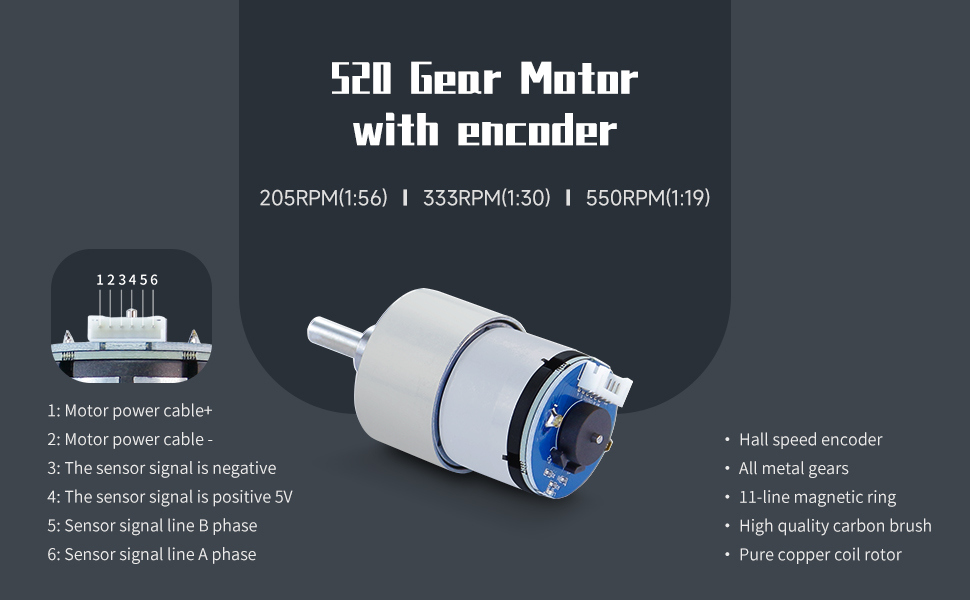1.About motor
2.ROS robot control board drive
3.STM32 Self-balancing car tutorials
- 01.Balancing car assembly
- 02.Get started quicklyy
- 03.Balance car interface description
- 04.Common Problem Analysis
- 05.Balance Car V2 Library Function Development Manual
- 01.MDK-ARM installation
- 02.STM32CubeIDE installation
- 03.Common driver installation
- 04.Download the program
- 05.MDK-ARM project usage
- 06.Program simulation
- 01.PID basic concept
- 02.PID example analysis
- 04.Position PID
- 05.Incremental PID
- 06.Cascade PID
- 07.Balance principle of car
- 08.Car upright control (PD)
- 09.Car speed control (PI)
- 10.Car steering control (PD)
- 11.Got angle and angular velocity (DMP algorithm)
- 12.Got angle and angular velocity (Kalman filter algorithm)
- 13.Got angle and angular velocity(Complementary filter algorithm)
- 01.Car parameter adjustment
- 02.Ultrasonic obstacle avoidance
- 03.Ultrasonic follow
- 04.Bluetooth remote control
- 05.Load balance
- Robot car LQR control
- 01.Overall circuit design
- 02.STM32 minimum system
- 03.Serial port circuit design
- 04.Power circuit design
- 05.MPU6050 Circuit Design
- 06.Motor drive circuit design
- Balance car mathematical model
Get started quickly
Environment construction and development
Robot car PID control course
Robot car basic course
Robot car LQR control
Circuit design
Mathematical model
4.4-channel motor drive module
- 1.Introduction to 4-channel motor drive board
- 2.Control command
- 3.Motor introduction and usage
- 4.PC host
- For Arduino
- For ESP32
- For Jetson NANO
- For MSPM0
- For PICO2
- For RDK X5
- For RPi5
- For STM32
- For Arduino
- For ESP32
- For Jetson NANO
- For MSPM0
- For PICO2
- For RDK X5
- For RPi5
- For STM32
Introduction and Debug
IIC communication
USART communication
5.2-channel motor drive module
Download

